My Spidey sense is tingling [1]
Note that this is an “opinion column” [2]
Work with me on this: In response to COVID, the CDC and others are now recommending a room air change rate of 4 to 6 air changes per hour (ach) with a MERV 13 filter. Note that this could be recirculation through a portable air cleaner – but let’s look at central forced air systems found in houses. The typical new US and Canadian house is 2,500 ft2 with 3 bedrooms. Assume an 8-foot ceiling height. 2,500 x 8 equals 20,000 cubic feet. Let’s pick a target of 5 ach, right in the middle of the new CDC recommendations. 5 ach times 20,000 cubic feet equals 100,000 cubic feet per hour, or 1,667 cfm continuously over a 1-hour period.
A typical air conditioner (a/c) moves 400 cfm per ton of capacity. So, a 4-ton a/c can move 1,600 cfm… as long as the fan is running continuously. Add a MERV 13 filter and we’ve got a system that should work. Similarly, a 96% AFUE 80,000 BTU furnace can come with a 1,600 cfm blower (“fan”) and a MERV 13 filter. So we can comply with these new CDC recommendations by reconfiguring existing equipment. Of course, a typical home probably only needs 3 tons of cooling capacity or less and 40,000 BTUs of heating capacity or less, so the sizing folks at ACCA are going to have a cow. (I’m not sure we can get smaller capacity equipment with bigger blowers). The whole thing gets worse with 10-foot ceilings (approximately 2,100 cfm), which would require a 5-ton a/c, or a 2-ton paired with a 3-ton system (one for each floor). This is going to be fun. Note again, we do have these things called portable air cleaners…
So, it looks like the equipment – flow rate – filter thing – could work to satisfy our new clean air requirements. But now we’re going to have to separate the latent (“moisture”) load from the sensible load because we’ve over-sized the systems to get the bigger fans. Relax, we are having to do that already in efficient houses – dehumidifiers are becoming standard pieces of equipment in hot humid and mixed humid climates. So, no real issue there.
Of course, the ductwork will be fun - but we know how to do ductwork. Ok…ok…we should know how to do ductwork. Yes, this is going to be fun: I can already hear the complaints, pun intended. What is that whistling noise? How come the fan runs all the time? The air coming out the registers blows on me…it blows on my bed…it blows where I am sitting…it just blows… What do you mean I have to change the filters wearing a mask every month? Yup, did I mention it is going to be fun…but we actually can make it work[3].
The Harvard School of Public Health is recommending that we maintain interior relative humidity between 40 and 60 percent during the winter (https://www.hsph.harvard.edu/news/hsph-in-the-news/op-ed-humidity-can-ai...). I’m not arguing with the health science basis for this, just the building science basis for this: Relative humidities this high in houses[4] are going to be a killer in cold places where we have winter[5]. Yes, bad pun…
Do you have any idea how difficult it is going to be to maintain 40 to 60 percent relative humidity in typical houses in Climate Zones 4 and higher during the winter? It’s not possible even in the typical new house constructed to the 2021 IECC. We have enough trouble maintaining these conditions in natatoriums, art galleries and - wait for it -hospitals. Houses will have to be constructed to take the moisture stress or we are going to kill the houses. And that is for new houses. Retrofitting existing houses will be a nightmare. Walls are going to rot, and mold will become a growth industry. Another bad pun. The fire folks will be happy, houses will be too wet to burn.
Do you have any idea how unhealthy a typical humidifier can become? I view dirty ones as “bioweapons”. ASHRAE knows humidifiers but civilians do not. Note that the Mayo Clinic recommends distilled water. Yup, I see that all the time. They also recommend cleaning the humidifier every 3 days. Yup, no issues there. (https://www.mayoclinic.org/diseases-conditions/common-cold/in-depth/humi...)
How about controlling interior relative humidity based on the exterior temperature and the construction of the house? In Chicago, keep the relative humidity in a typical house to 20 percent during December and January – 35 percent in November and March and higher the rest of the year. Save the “people” for 8 months and save the “building” for 4 months (Figure 1).
With continuous exterior insulation (Figure 2) that meets the 2018 International Residential Code the interior relative humidity can be maintained up to 35 percent during the coldest months, December and January. That is what Table R702.1 (Table 1) in the 2018 IRC is based on (BSI-100: Hybrid Assemblies, October 2017). You want to go higher with interior relative humidities? To 50 percent during the coldest months? Easy, increase the ratios by 50 percent, or have all the insulation on the exterior (Figure 3) and no insulation in the wall cavity framing (Figure 4) (BSI-001: The Perfect Wall, July 2010). It is pretty straightforward to plot curves for all the major cities and make recommendations about controlling indoor humidity based on average monthly exterior temperatures and typical wall assemblies.
That is just the walls…how about the windows? Ah, the windows are going to be a problem. You are going to need R-4 to R-6 windows to control condensation on the glazing. That means doubling or tripling the performance of typical new construction windows. My idea would be just to heat the inner pane during cold weather. We already do that in museums. Or install an interior storm window with a heating element between the interior storm and the window unit. There are lots of buildings with artwork work using that approach. Or you use the same approach proposed for walls: control the indoor relative humidity based on the exterior temperature.
What about roofs? It’s hard not to love a vented R-60 roof, which easily handles high interior relative humidity. Unvented with all the insulation above the deck also works. Can you say “perfect roof” (see again BSI-001: The Perfect Wall, July 2010 and BSI-100: Hybrid Assemblies, October 2017).
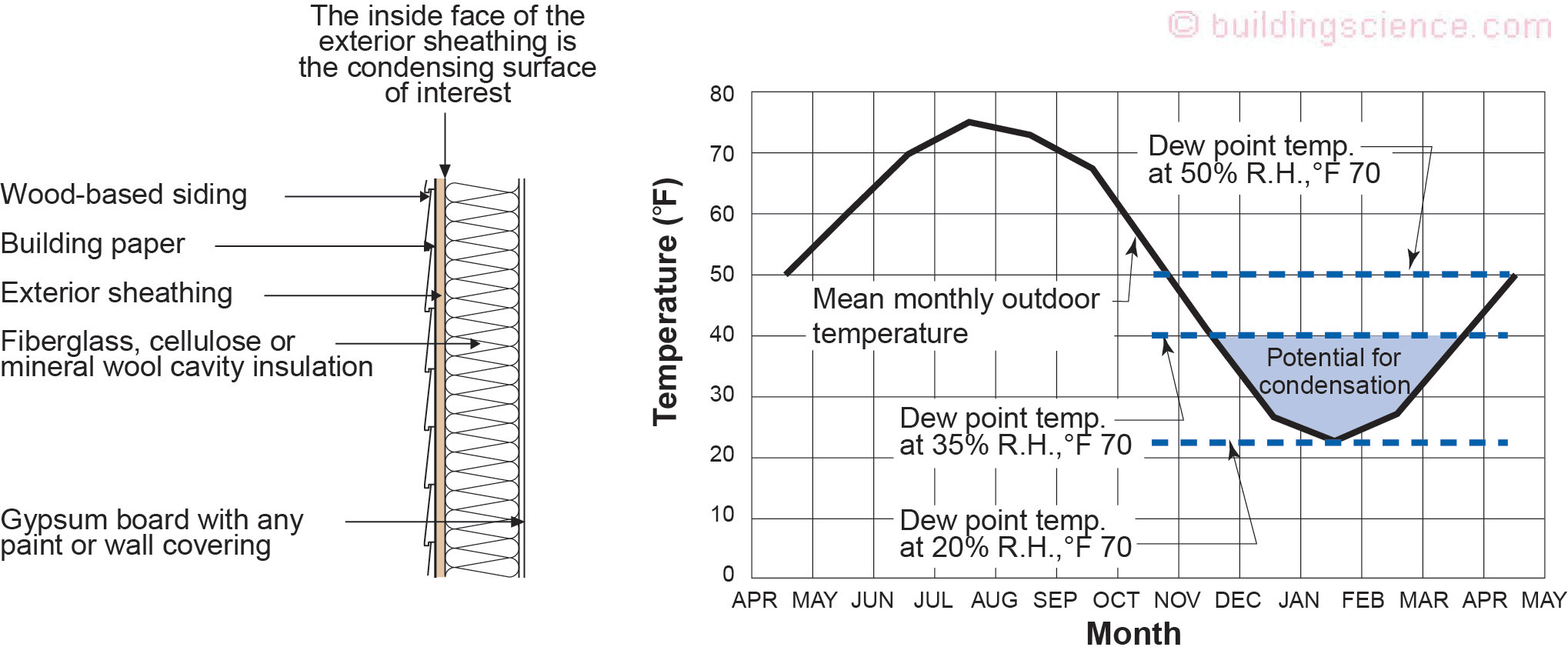
Figure 1: Potential for Condensation in a Wood Frame Wall Cavity in Chicago, IL – Control interior relative humidity based on the exterior temperature and the construction of the house. This figure plots the mean monthly outdoor temperature for Chicago, IL. In Chicago, for a typical house without continuous exterior insulation, limit the interior relative humidity to 20 percent during December and January – 35 percent in November and March and higher the rest of the year. Save the “people” for 8 months and save the “building” for 4 months
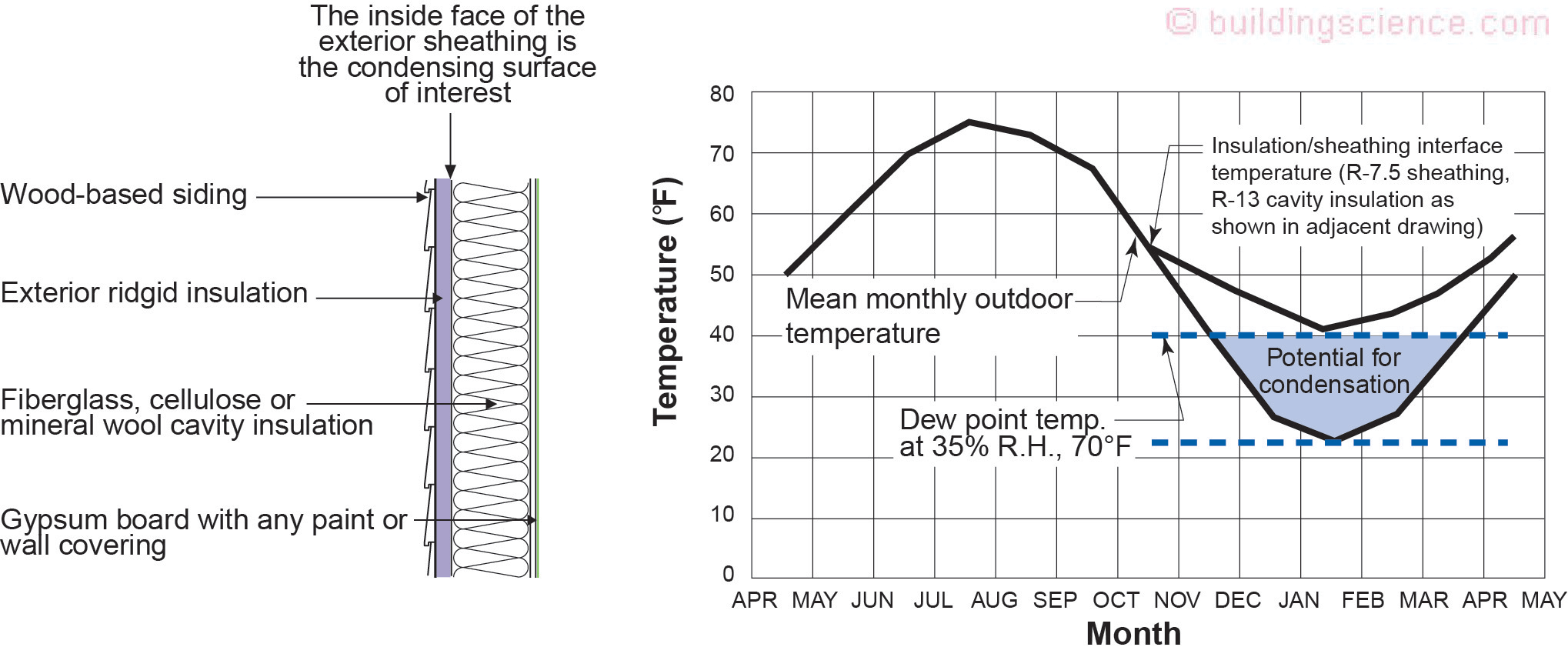
Figure 2: Potential for Condensation in a Wood Frame Wall Cavity in Chicago, IL - With continuous exterior meeting the 2018 International Residential Code (R-13 cavity insulation and R-7.5 continuous exterior insulation) the interior relative humidity can be maintained up to 35 percent during the coldest months – December and January.
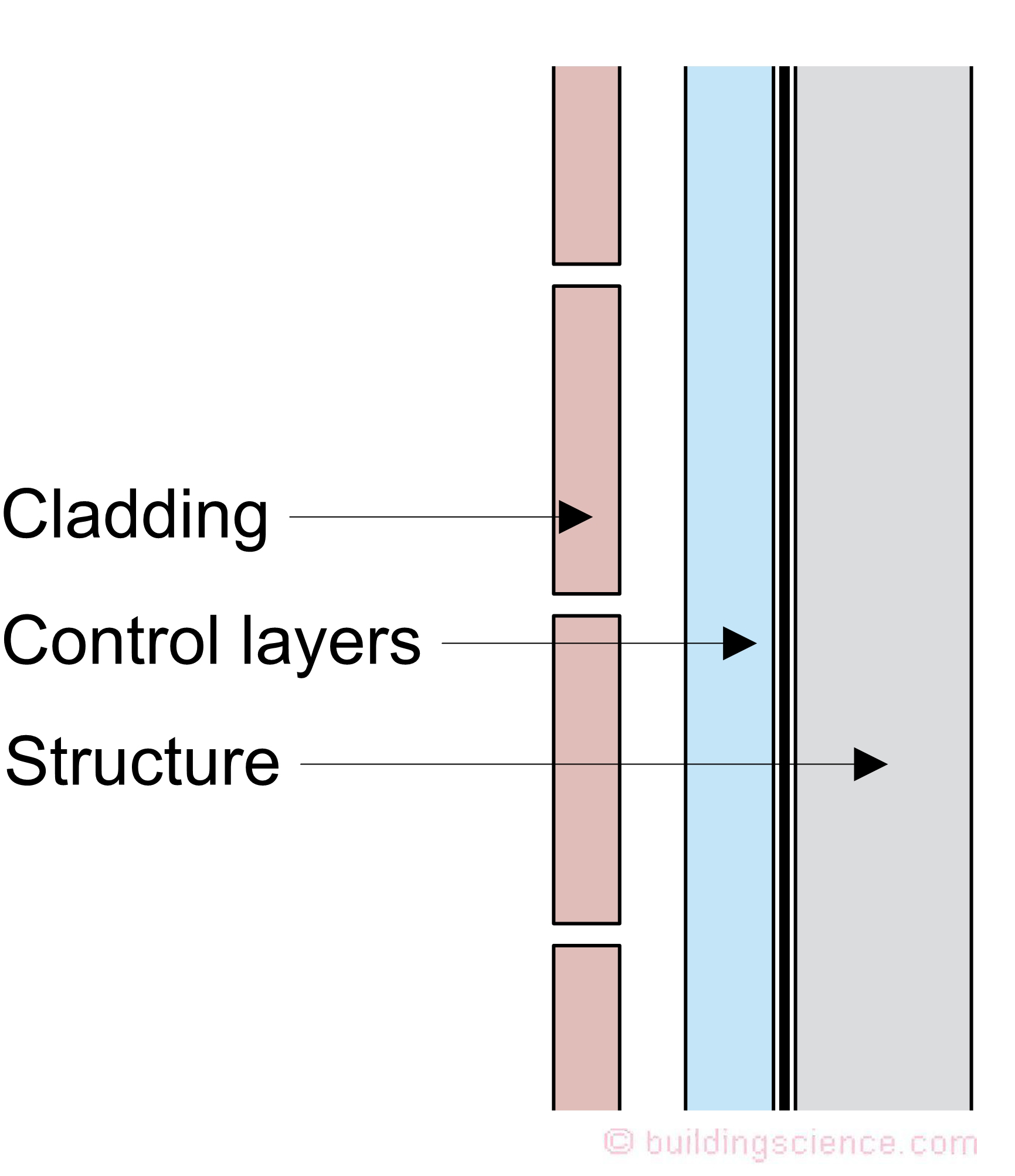
Figure 3: Controlling Interstitial Condensation - Locate all the insulation on the exterior.
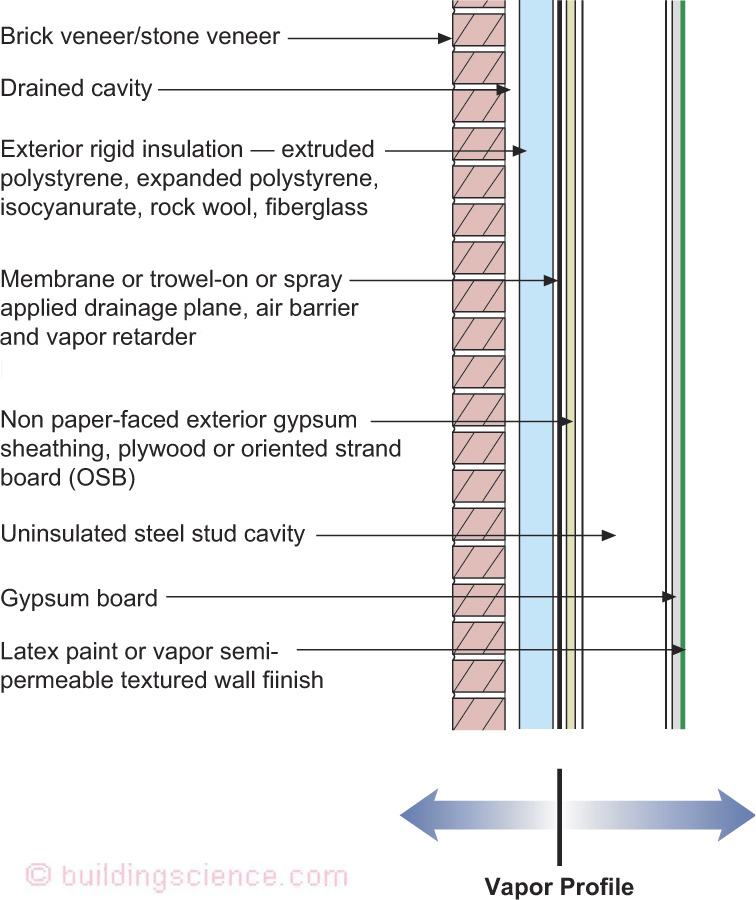
Figure 4: Controlling Interstitial Condensation – No insulation in the wall cavity framing.
Here is where I remind everyone how difficult it is to build indoor swimming pools – natatoriums – in cold climates (Figure 5) (BSI-055: In the Deep End, November 2011). Yes, I know it is not quite the same…interior conditions are around 80 degrees F and 50 percent relative humidity in natatoriums, a higher moisture load than 72 degrees F and 50 percent relative humidity. But they have taught is things that we should remember. The key to windows in natatoriums in cold climates is to blow warm air against them to keep them warm and not condensing. Yup, heat the windows.
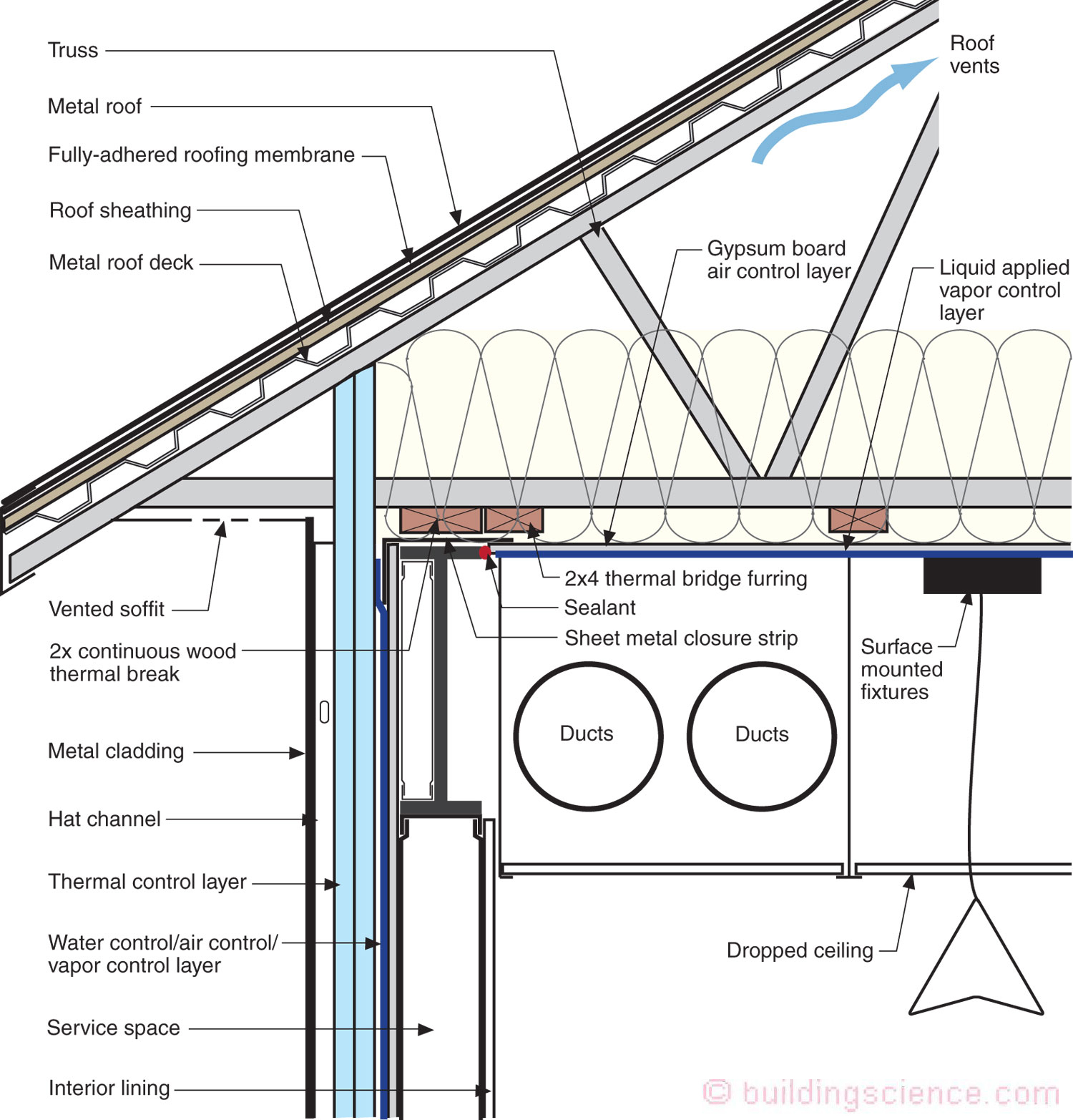
Figure 5: Cold Climate Indoor Swimming Pool – Continuous exterior insulation, no cavity insulation, highly insulated vented attic without thermal bridging, all mechanical systems located to the interior of a continuous air control layer.
Let’s chat about ventilation. Just increase it. Yeah, sure, easy, no issues. Constructing houses to the 2021 IRC and ventilating at the ASHRAE 62.2 – 2019 already leads to moisture problems: part load humidity and excessive moisture in hot humid climates and excessive dryness in cold climates. These problems can be addressed with energy recovery ventilators (ERVs) in both hot-humid climates and cold climates with added dehumidification in hot humid climates and humidification in cold climates. Note that you just can’t increase the ventilation rates without paying for energy. There is no such thing as a free thermodynamic lunch. ERVs are not standard pieces of equipment and are going to have to be purchased, installed, and maintained. There will be a learning curve.
You want a higher rate than the current 62.2 rate? We can make it work…note the ERV, humidifier and dehumidifier thing.
So, I can just install a humidifier? Yes, you can, just don’t run it when it is cold in cold places.
So, I can just increase filtration? Yes, you can. Pick a good filter and run the air handler all the time, but make sure your a/c or furnace can actually “push” the air through the filter.
So, I can just increase ventilation? Yes, you can, and you don’t have to do anything in Berkeley, CA, but watch out in Minneapolis, MN and Fort Lauderdale, FL.
My favorite line from the 1967[6] movie the Graduate is, ”There is a great future in plastics…” It needs to be reworked for the 2020s: ”There is a great future in humidifiers, dehumidifiers, ERVs, triple-pane glazing, continuous exterior insulation and… mold remediation.”
Climate Zone | Rigid Board or Air Impermeable Insulation | Total Cavity Insulation | Total Wall Assembly Insulation | Ratio of Rigid Board Insulation or Air Impermeable R-Value to Total Insulation R-Value |
4 | R-3.5 | R-13 | R-16.5 | 20% |
R-5 | R-20 | R-25 | 20% | |
5 | R-5 | R-13 | R-18 | 30% |
R-7.5 | R-20 | R-27.5 | 30% | |
6 | R-7.5 | R-13 | R-20.5 | 35% |
R-11.25 | R-20 | R-31.25 | 35% | |
7 | R-10 | R-13 | R-23 | 45% |
R-15 | R-20 | R-35 | 45% | |
8 | R-15 | R-13 | R-28 | 50% |
R-20 | R-20 | R-40 | 50% |
Table 1: Insulation for Condensation Control - Adapted from 702.7.1 from the 2018 IRC.
.
Footnotes
[1] Peter Parker is Spiderman and he has the ability to sense and react to danger before it happens – “Spidey Sense”.
[2] Opinions from an old engineer who grew up using a slide rule and listening to music coming from round black things rotating at 45 rpm.
[3] We figured out flashing, water control layers, air control layers, vapor control layers. That was easy right. Ok, some of us have figured this out. But we really know how to do these things if we want to do these things.
[4] Also pretty much any building that is not a “special use facility” designed for high humidity such as a natatorium, museum, art gallery, data processing center or hospital.
[5] The ASHRAE Epidemic Task Force warns about high relative humidities in buildings not designed to handle them.
[6] Once again I note that 1967 was the last year my beloved Toronto Maple Leafs won the Stanley Cup…
